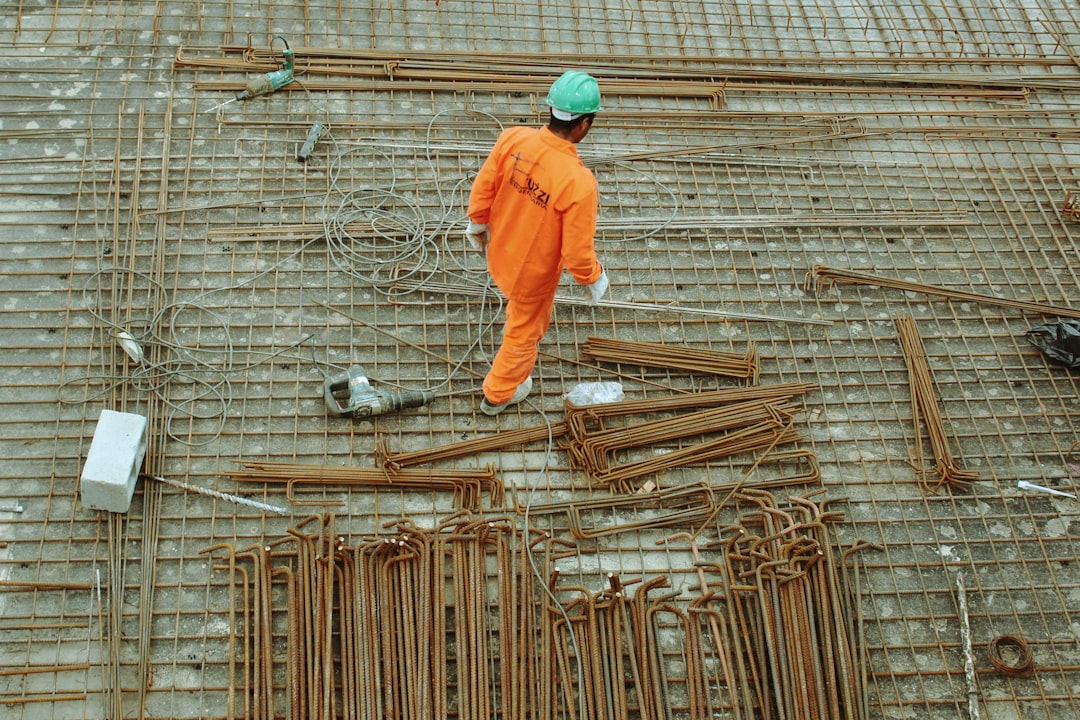Scaffolding is an indispensable element of modern construction, providing safe and stable access to elevated work areas. At the heart of most scaffolding systems lies the humble scaffolding pipe, a seemingly simple component with a crucial role in ensuring worker safety and project efficiency. This comprehensive guide delves into the multifaceted world of scaffolding pipes, exploring their types, applications, safety considerations, and best practices for installation and use.
Types of Scaffolding Pipes: A Material Matter
Scaffolding pipes are predominantly made from steel, chosen for its strength, durability, and relatively low cost. However, different grades and types of steel exist, each with its own properties and suitability for specific applications. Common types include:
- Mild Steel Pipes: The most common type, offering a good balance of strength and cost-effectiveness. They are suitable for most general scaffolding applications.
- High-Yield Strength Steel Pipes: These pipes possess increased tensile strength compared to mild steel, making them ideal for heavier-duty scaffolding and applications requiring greater load-bearing capacity. They are often used in taller or more complex scaffolding structures.
- Galvanized Steel Pipes: These pipes are coated with a layer of zinc to provide superior corrosion resistance, extending their lifespan and making them suitable for outdoor use or environments with high humidity.
- Aluminum Pipes: While less common, aluminum pipes offer a lighter alternative to steel, reducing the overall weight of the scaffolding. However, they are generally more expensive and may not be as strong as steel for heavy-duty applications.
The choice of pipe type depends heavily on the specific project requirements, including the height of the scaffolding, the anticipated load, and the environmental conditions.
Scaffolding Pipe Applications: Versatility in Construction
The versatility of scaffolding pipes allows for their use in a wide array of construction and maintenance applications. They are integral to various scaffolding systems, including:
- Tube and Clamp Scaffolding: This is the most common type, using pipes connected by couplers and clamps. Its versatility allows for easy adaptation to different building shapes and heights.
- System Scaffolding: These pre-engineered systems utilize standardized components, including pipes, for quicker and easier assembly. They often incorporate safety features and are designed for specific load capacities.
- Shoring and Underpinning: Scaffolding pipes are crucial in supporting structures during construction, renovation, or repair work, providing temporary support to prevent collapse.
- Formwork Support: They provide support for concrete formwork, ensuring stability and preventing deformation during the pouring and curing process.
- Temporary Access Platforms: Scaffolding pipes are used to create safe and stable access platforms for various tasks, such as painting, cleaning, or maintenance.
Their adaptability makes them indispensable across various construction trades, from bricklaying and plastering to painting and electrical work.
Safety Regulations and Best Practices: Ensuring Worker Well-being
The safe use of scaffolding pipes is paramount. Stringent safety regulations govern their installation and use, varying by jurisdiction. Key aspects include:
- Proper Inspection: Regular inspection of pipes for damage, corrosion, or defects is crucial before, during, and after use. Damaged pipes should be immediately replaced.
- Correct Assembly: Following manufacturer’s instructions and using appropriate couplers and clamps is essential to ensure structural integrity.
- Load Capacity: The scaffolding must be designed and constructed to support the anticipated load, considering both the weight of materials and workers.
- Fall Protection: Appropriate fall protection measures, such as guardrails, toe boards, and safety nets, are mandatory to prevent falls from height.
- Ground Conditions: The ground beneath the scaffolding must be stable and level to prevent instability.
Adherence to these regulations and best practices minimizes the risk of accidents and ensures a safe working environment.
Installation and Dismantling: A Step-by-Step Guide
The installation and dismantling of scaffolding using pipes requires careful planning and execution. Key steps include:
- Planning and Design: A detailed plan outlining the scaffolding structure, including dimensions, load capacity, and safety features, is essential.
- Base Preparation: Ensuring a stable and level base is crucial for overall stability. This might involve using base plates or adjusting the ground level.
- Upright Erection: Uprights are erected and secured using appropriate base plates and bracing.
- Ledger and Transom Installation: Horizontal members (ledgers and transoms) are added to create the working platform.
- Deck Installation: The working platform is constructed using planks or other suitable materials.
- Bracing and Stability: Diagonal bracing is essential to enhance the stability of the scaffolding structure.
- Safe Dismantling: Dismantling should follow a reverse order of assembly, ensuring all components are carefully removed and stacked.
Proper training and experience are necessary for safe and efficient installation and dismantling of scaffolding.
Maintenance and Longevity: Extending the Lifespan of Scaffolding Pipes
Regular maintenance extends the lifespan of scaffolding pipes and ensures continued safety. This includes:
- Regular Inspection: Pipes should be inspected for damage, corrosion, or wear and tear after each use.
- Cleaning and Rust Prevention: Cleaning pipes regularly and applying rust inhibitors can significantly extend their lifespan.
- Proper Storage: Storing pipes in a dry and protected environment prevents corrosion and damage.
- Repair or Replacement: Damaged or worn-out pipes should be repaired or replaced immediately to maintain safety.
By implementing a robust maintenance program, construction companies can optimize the lifespan of their scaffolding pipes and minimize the need for replacements, leading to cost savings and improved safety.
In conclusion, scaffolding pipes are fundamental components in construction, providing crucial support and access for workers. Understanding their types, applications, safety regulations, and proper handling ensures efficient and safe construction practices. Always prioritize safety and adhere to local regulations to create a secure work environment.




